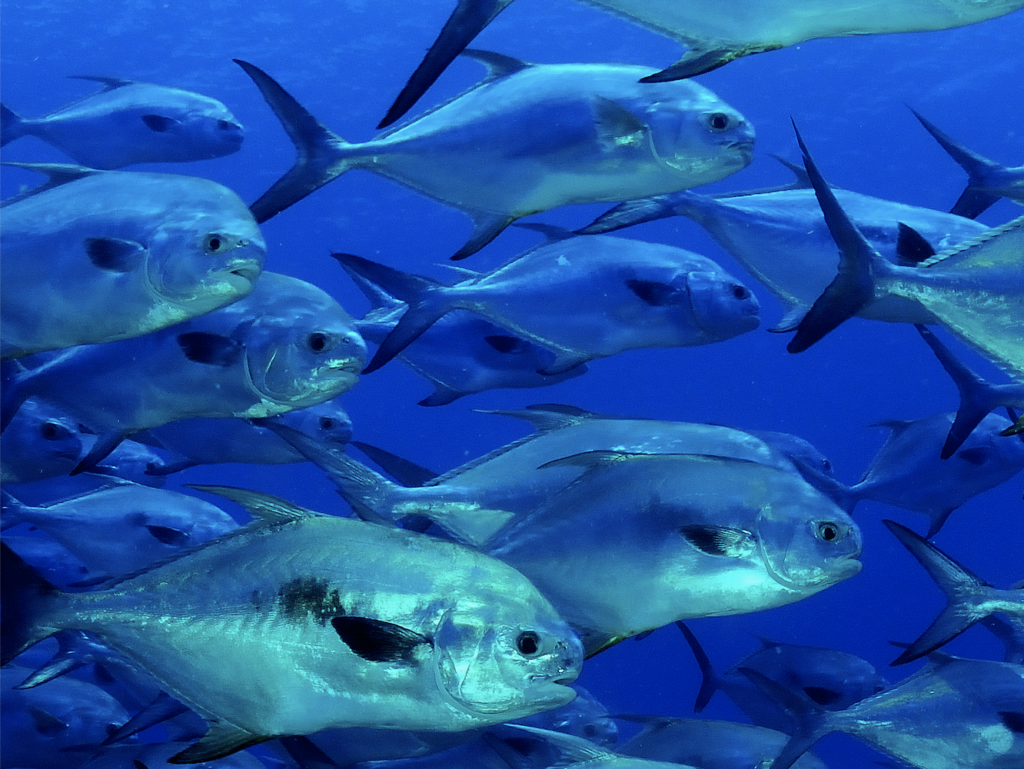Photo: Dr. Jiangang Luo
Bonefish & Tarpon Trust will invest $600,000 to fund a monitoring program at Western Dry Rocks (WDR) and three other critical permit spawning sites in the Lower Florida Keys over the next three years. The project will ensure that the Florida Fish and Wildlife Conservation Commission (FWC) has sufficient data for evaluating the effectiveness of the April-July permit spawning season closure enacted last year.
“We can’t overstate the importance of this analysis for fisheries management and how appreciative we are to our partners at Bonefish & Tarpon Trust,” said FWC Chairman Rodney Barreto. “Working together on this important research initiative helps to ensure Florida’s status as the Fishing Capital of the World.”
Research by BTT helped inform FWC’s decision in February 2021 to establish the seasonal no-fishing closure at WDR to protect vulnerable permit and other species during spawning. FWC is requiring updates on regulation effectiveness at three, five, and seven years, with a sunset clause at seven years if the closure is not meeting expectations.
BTT scientists expect that the spawning season closure will have positive impacts on the behavior of permit at WDR, resulting in more relaxed schooling behaviors and enabling spawning fish to remain at the site longer. BTT will work with collaborators from previous permit research projects to test these predictions by comparing data collected at WDR with data from three other known permit spawning locations where fishing is still allowed.
“The monitoring will build on datasets that measured depredation, spawning permit aggregation characteristics, and permit spawning migrations at key spawning sites prior to the closure,” said Dr. Ross Boucek, BTT Florida Keys Initiative Manager. “By studying permit at WDR and comparing the WDR data to information gathered at other permit spawning sites that aren’t protected, we’ll be able to assess the effectiveness of a spawning season closure at WDR as a management tool. This information is essential for FWC to evaluate this management approach.”
The three-year monitoring program will utilize acoustic telemetry, sonar technology and laser-mount underwater cameras to monitor permit spawning behaviors, estimate permit abundance, and estimate permit size. The program will also employ methods previously used at WDR to determine rates of depredation at spawning locations that are still fished. BTT will determine at the end of three years if additional monitoring will be conducted.




